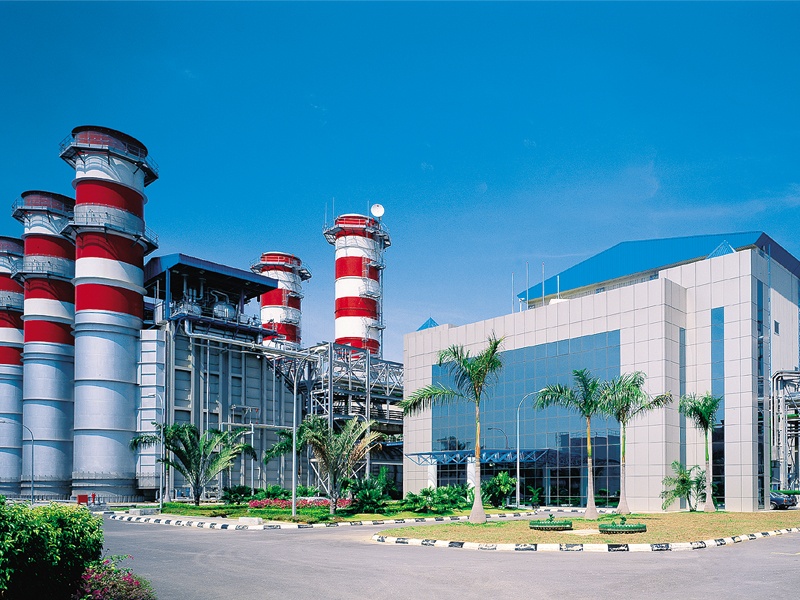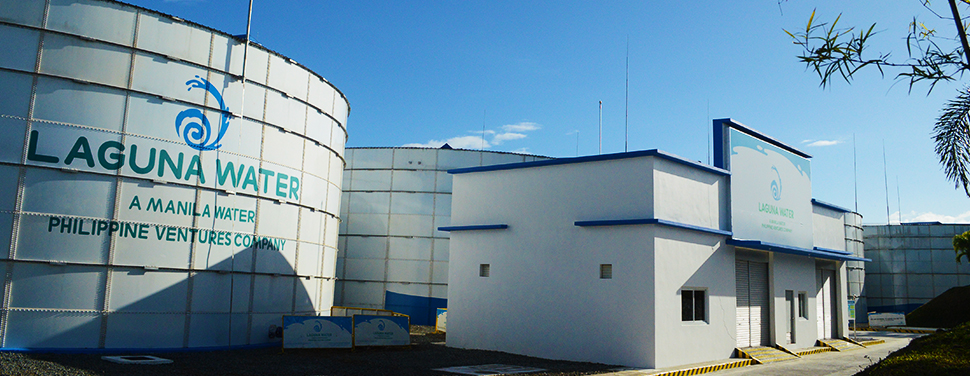Southeast Asia Drinking Water: Southeast Asia is one of the world’s most economically dynamic regions, as well as, one of the regions that are most vulnerable to the effects of climate change. The fast-growing cities in Southeast Asia have to simultaneously address different levels of water challenges, such as increasing access to drinking water and sanitation and planning for increased flooding, at lower income levels as compared to the experience of cities in the global North. Water quality has emerged as the most important future water security concern for the whole region. Specifically, more intense disasters, especially flooding, have the potential to decrease water quality in the countries of Indonesia, the Philippines, Vietnam, Malaysia, and Thailand immediately after the event, as well as for a longer period of time through infrastructure damage.
Domestic water for drinking in urban areas is most commonly sourced from surface water in Laos, Myanmar, and Malaysia. In contrast, the majority of water users in Cambodia depend on groundwater as their primary drinking water source, ranging from around 20% in urban and 50% in rural areas in Cambodia to at least 90% in both urban and rural areas in Indonesia. Across the region, groundwater usage is prevalent among domestic users in rural areas and is rising due to demand from an increasing population, as well as seasonal demand during the summers. The increased use of electrified water pumps for domestic use could also increase groundwater extraction rates. The main quality issue for domestic groundwater is contamination from wastewater and leakage of on-site sanitation facilities. Other important quality issues are contamination from pesticides, industrial sources, and saline intrusion. Some of the population have responded to these issues by tapping deeper levels of groundwater. Surface water pollution in the region has also been found to impact the groundwater quality significantly.
Even those countries less exposed to disaster events, water security remains a major concern, as they have to build capacity to address water quantity and quality challenges, particularly in the dry season. The importance of water quality in ensuring water security across Southeast Asia suggests that it should be a focus of future water-related development projects conducted in the region at all levels. Building the robustness of water infrastructure to disaster events and planning for sanitation to cover expanding urban areas will be crucial to ensure future water security in terms of water quality across the region. These two actions will be salient for the sustainable development of both the region’s emerging cities and its established mega metropolitan areas.
DMI-65 can help achieve water security, throughout the entire region of Southeast Asia. By being utilized in Municipal Water Treatment Plants and commercial filters, nuisance heavy metals can be removed. This will help to improve the overall water quality and provide clean sources of drinking water to local communities throughout the region.













